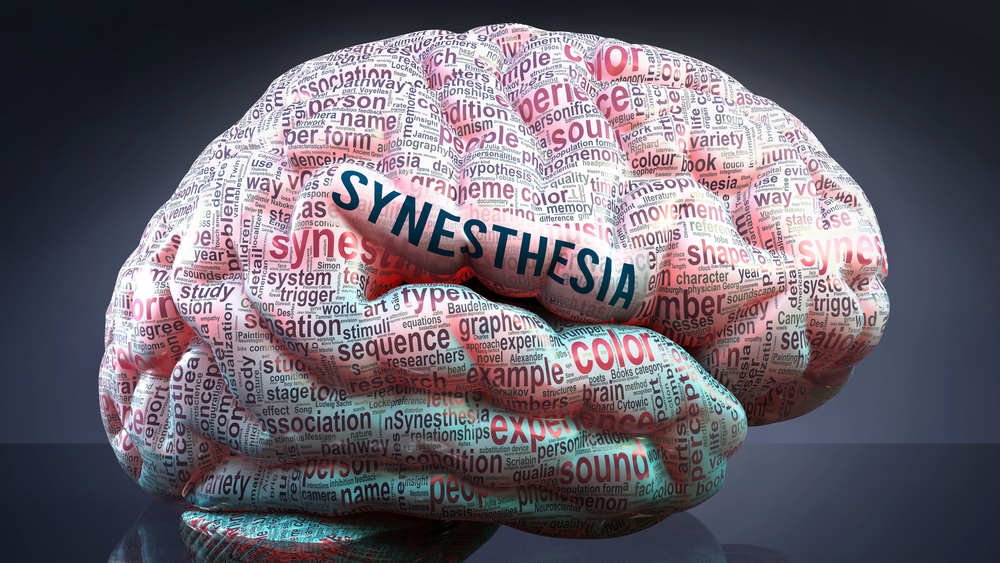Unmasking Synesthesia: The Interplay of Art and Sensory Perception
Have you ever tasted a color or heard a painting? Welcome to the world of Synesthesia, a perceptual phenomenon that intertwines the senses, painting a vivid symphony of experience that challenges our understanding of art and sensory perception. This article provides an illuminating exploration into the realm of Synesthesia, highlighting its historical context, current developments, and its profound impact on the arts and entertainment industry.

The Historical Canvas: Synesthesia’s Colorful Past
Synesthesia, from the Greek words “syn” (together) and “aisthesis” (perception), has been recognized since antiquity, but it gained formal recognition in the 19th century when British scientist, Sir Francis Galton, wrote extensively about this sensory fusion. Particularly fascinating is the notion that many of history’s most celebrated artists, including Vincent Van Gogh and Wassily Kandinsky, were believed to be synesthetes, their extraordinary sensory experiences reflected in their vibrant masterpieces.
The Present Palette: Current Developments in Synesthetic Research
In recent years, advancements in neuroscience have allowed researchers to delve deeper into the mysterious world of synesthesia. Dr. Jamie Ward, a leading synesthesia researcher at the University of Sussex, has discovered that synesthetes have more grey matter in certain areas of their brain, suggesting a biological basis for this sensory enigma. This research propels synesthesia from a mere artistic fascination into a legitimate field of scientific inquiry.
Sensory Symphony: The Impact and Reception of Synesthesia in the Arts
Synesthesia has had a transformative effect on the arts and entertainment industry. Notably, musicians like Pharrell Williams and Billie Eilish, both self-proclaimed synesthetes, have harnessed their unique sensory perceptions to create groundbreaking music that resonates with audiences worldwide. Furthermore, the film industry has embraced synesthetic concepts, with directors like Derek Jarman using color symbolism to evoke specific emotions.
The Future Canvas: The Potential of Synesthesia in the Arts
As our understanding of synesthesia continues to evolve, so does its potential in the arts. Immersive art exhibits designed to stimulate multiple senses simultaneously are gaining popularity, offering attendees a glimpse into the synesthetic experience. Moreover, digital technology and virtual reality offer unprecedented opportunities to mimic synesthetic experiences, pushing the boundaries of artistic expression.
A New Perspective on Artistic Expression
Synesthesia, with its unique fusion of sensory perception, offers a fresh lens through which to view artistic expression. As we continue to explore this fascinating phenomenon, we not only gain a deeper understanding of our sensory capacities but also open up new possibilities for creativity and innovation in the arts and entertainment industry.






